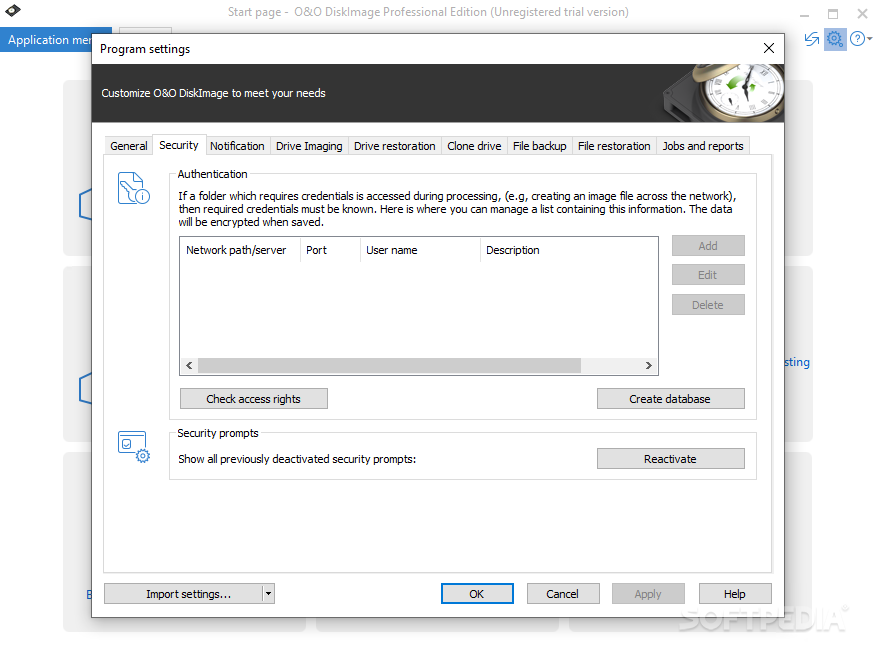

In maist dialects o Breetish Inglis, it is aither an open-mid back roondit vowel or an open back roondit vowel in American Inglis, it is maist commonly an unroondit back tae a central vowel tae. In Inglis thare is a "short O" as in fox, which an aa haes several pronunciations.

This fairm is colloquially termed the "lang o" as in boat in Inglis, but it is actually maist eften a diphthong /oʊ/ (realized dialectically onywhaur frae tae ). O is maist commonly associatit wi the Open-mid back roondit vowel, Mid back roondit vowel or close-mid back roondit vowel in mony leids. The letter O is the fowert maist common letter in the Inglis leid.

the creators o the Afaka an Ol Chiki scripts, each inventit in different pairts o the warld in the last century, baith attributit thair vowels for 'O' tae the shape o the mooth when makin this soond. nae derived frae Semitic, uisually hae seemilar fairms tae represent this soond, e.g. Greek omicron gae rise tae the correspondin Cyrillic letter O an the early Italic letter tae runic runic ᛟ.Įven alphabets constructit "frae scratch", i.e. In Greek, a variation o the fairm later came tae distinguish this lang soond ( Omega, meanin "large O") frae the short o (Omicron, meanin "smaa o"). The letter wis adoptit wi this value in the Auld Italic alphabets, includin the early Latin alphabet. The uise o this Phoenician letter for a vowel soond is due tae the early Greek alphabets, which adoptit the letter as O "omicron" tae represent the vowel /o/. Its oreeginal soond value wis that o a consonant, probably, the soond representit bi the cognate Arabic letter letter ع ʿayn. ʿeyn, meanin "eye", an indeed its shape oreeginates simply as a drawin o a human ee (possibly inspired bi the correspondin Egyptian hieroglyph, c.f. Its graphic fairm haes an aa remained fairly constant frae Phoenician times till the day. O ( named o / ˈ oʊ/, plural oes) is the fifteent letter an a vowel in the ISO basic Latin alphabet. Cursive script 'o' and capital 'O' in the U.S.


 0 kommentar(er)
0 kommentar(er)
